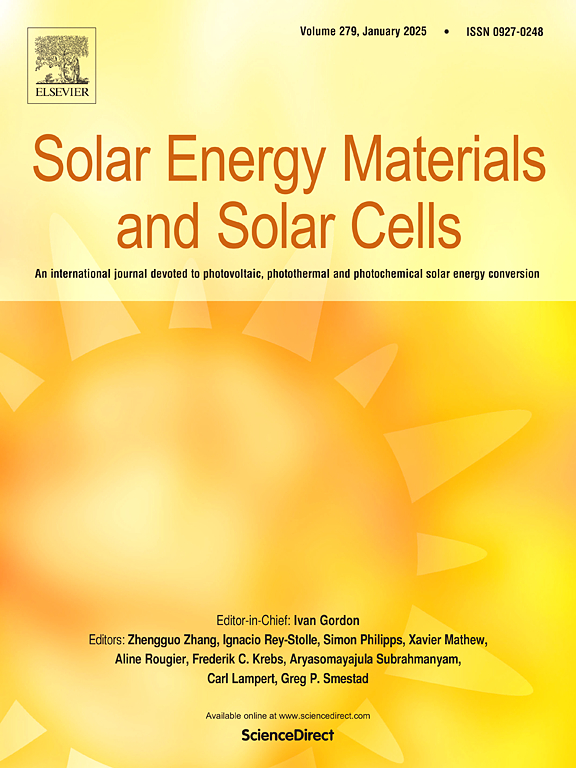Facile synthesis of Al@Al2O3 core-shell microcapsule by ultrasonic for high-temperature thermal energy storage
IF 6.3
2区 材料科学
Q2 ENERGY & FUELS
引用次数: 0
Abstract
Developing heat storage materials capable of operating above 600 °C is a significant challenge in solar thermal power systems. In this study, a low-temperature ultrasonic-magnetic activation approach was employed to fabricate a phase change material for high-temperature thermal energy storage with an Al@Al2O3 core-shell structure, utilizing the unique cavitation effect of ultrasonic waves. The specific surface area and pore volume of samples prepared via ultrasound-assisted hydrothermal synthesis increased by approximately 87.67 % and 91.3 %, respectively. In addition, the prepared Al@Al2O3 microcapsules exhibited a melting point of approximately 662 °C and a latent heat of phase transition of 269.13 J/g. After 100 melting-freezing cycles, the microcapsules demonstrated good thermal cycling stability, with a retained latent heat of 237.11 J/g. These findings suggest that the newly developed Al@Al2O3 microcapsules can be utilized for high-temperature heat storage due to their stable performance and ease of fabrication.

求助全文
约1分钟内获得全文
求助全文
来源期刊

Solar Energy Materials and Solar Cells
工程技术-材料科学:综合
CiteScore
12.60
自引率
11.60%
发文量
513
审稿时长
47 days
期刊介绍:
Solar Energy Materials & Solar Cells is intended as a vehicle for the dissemination of research results on materials science and technology related to photovoltaic, photothermal and photoelectrochemical solar energy conversion. Materials science is taken in the broadest possible sense and encompasses physics, chemistry, optics, materials fabrication and analysis for all types of materials.
 求助内容:
求助内容: 应助结果提醒方式:
应助结果提醒方式:


